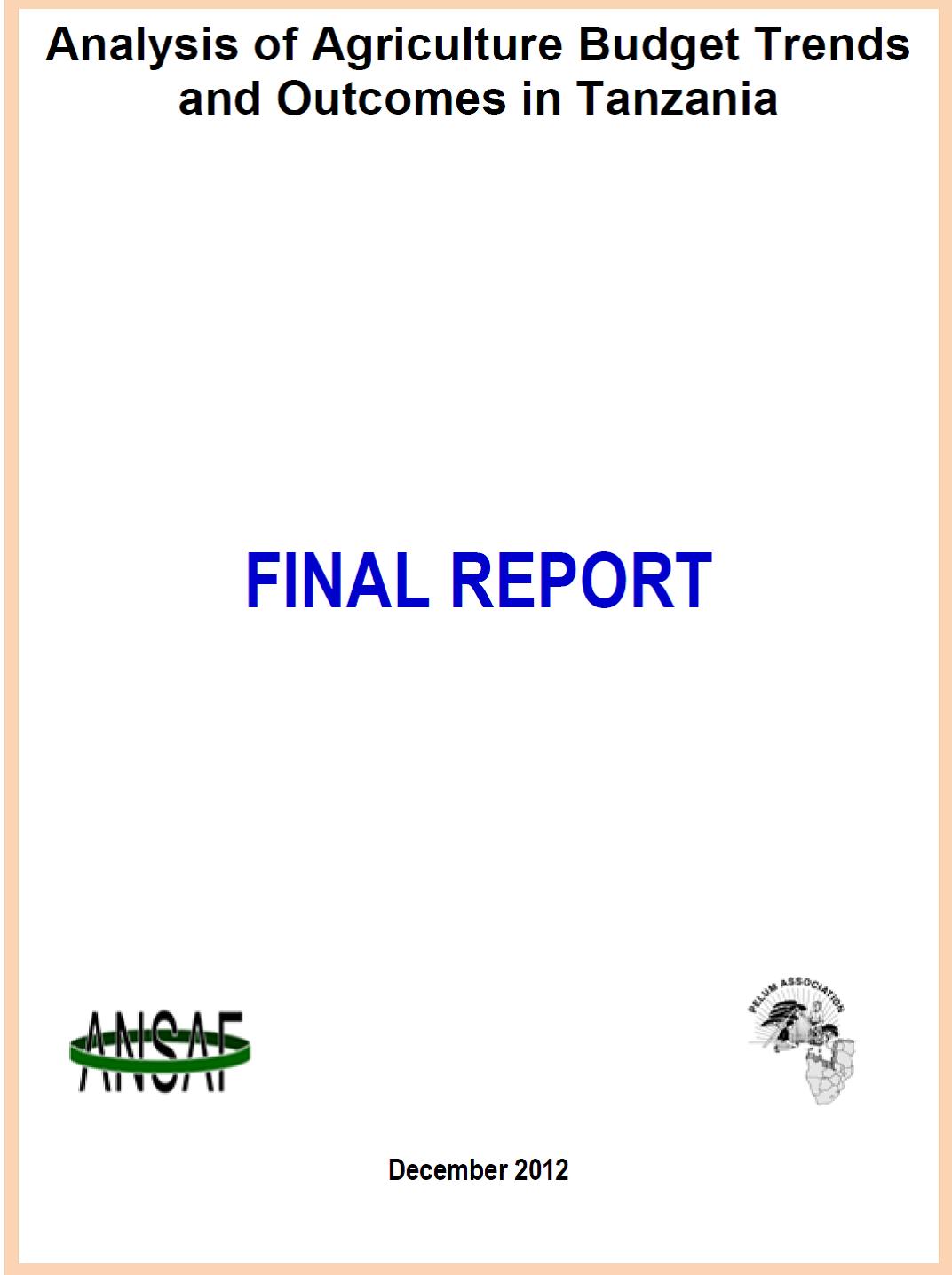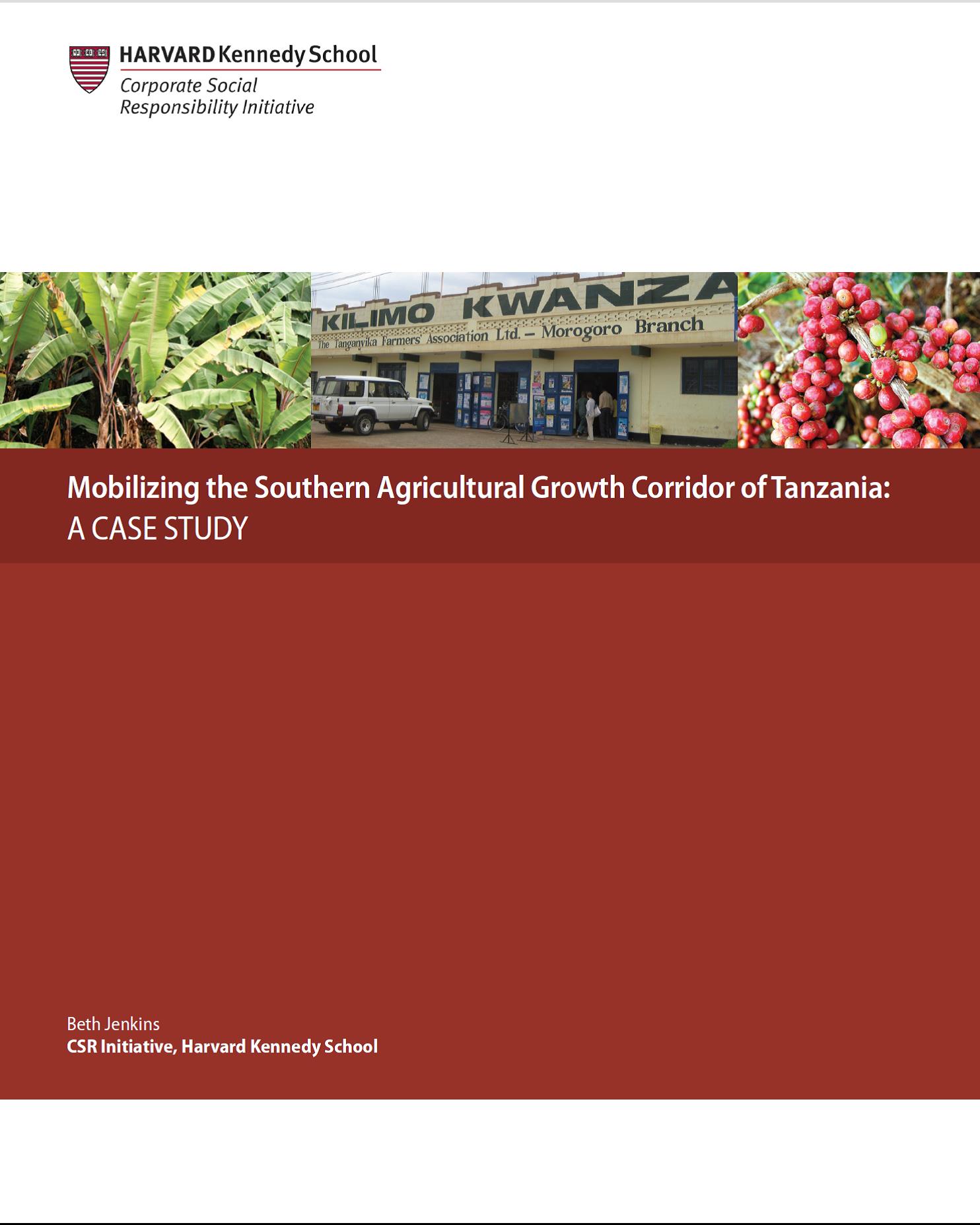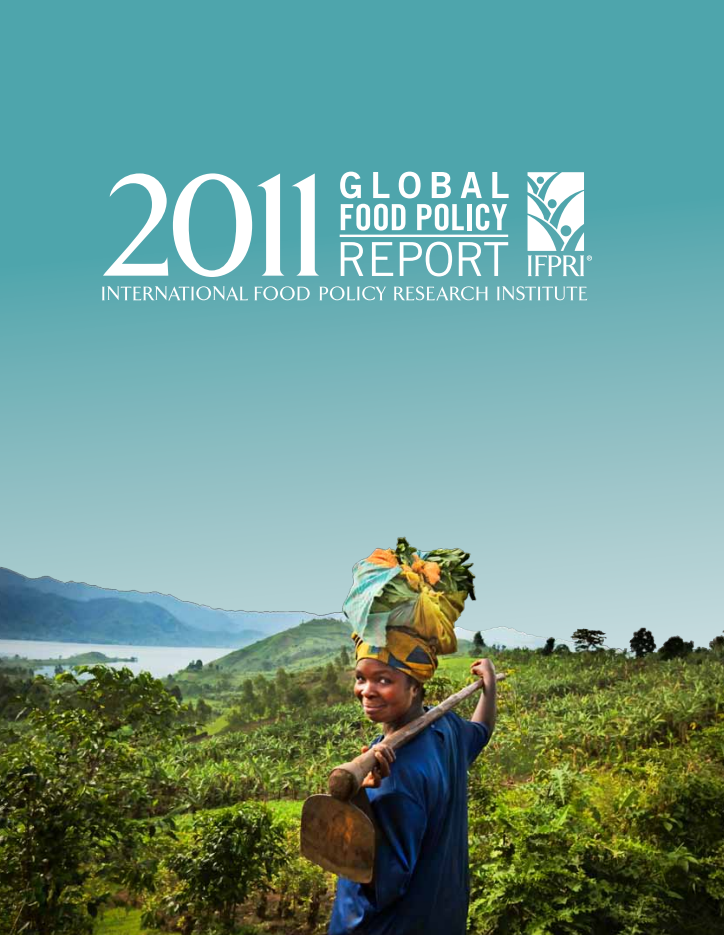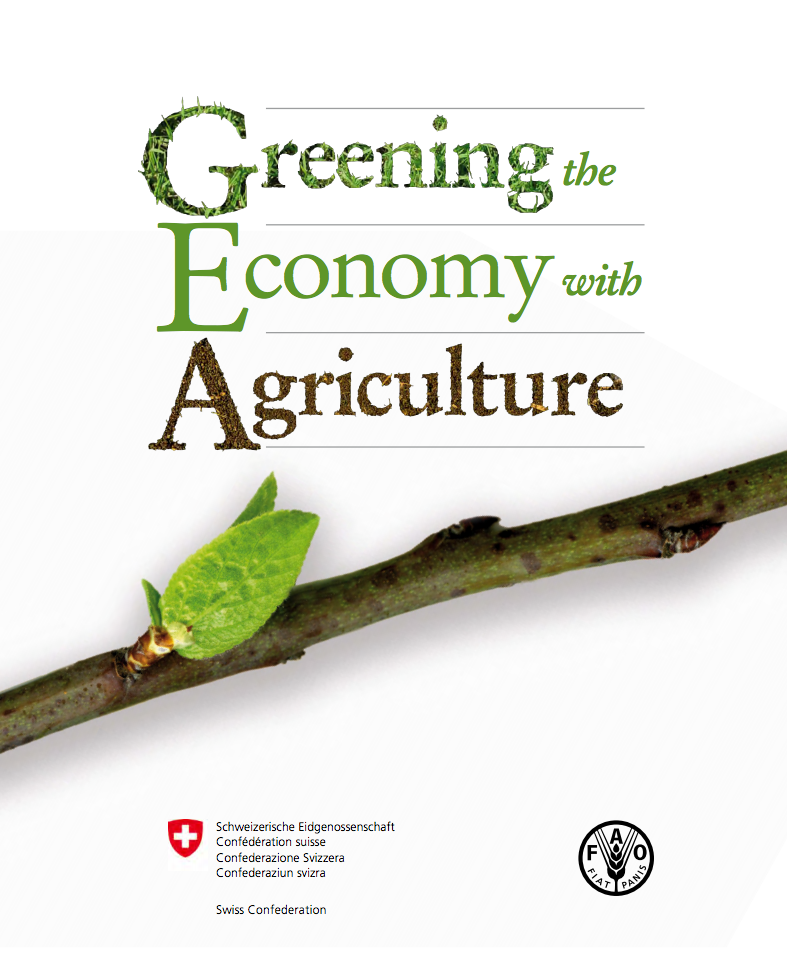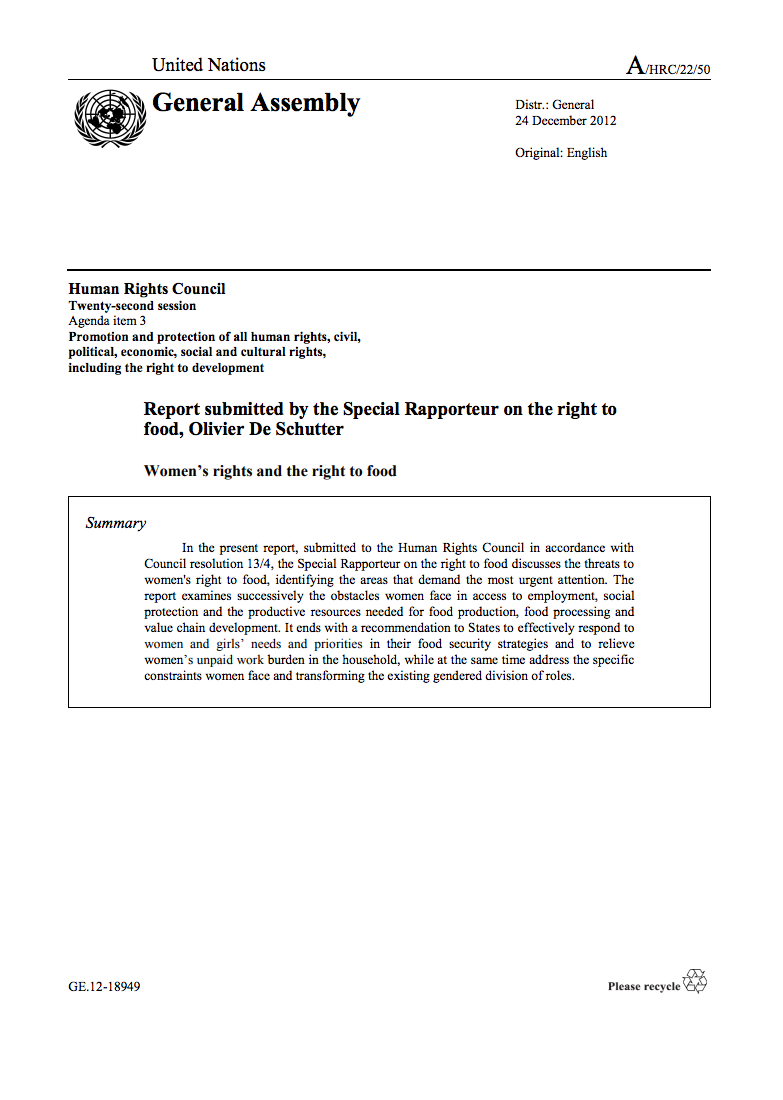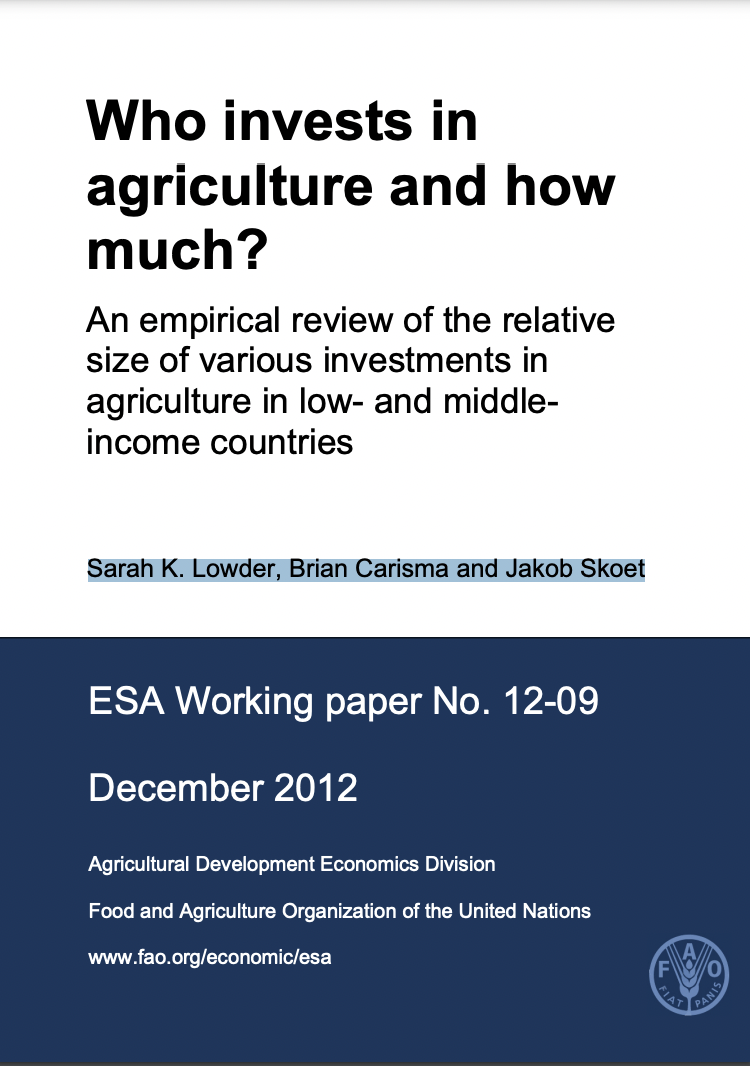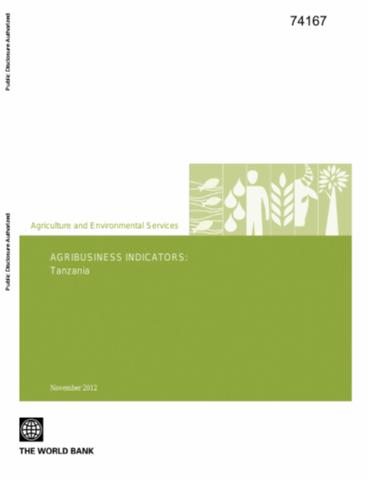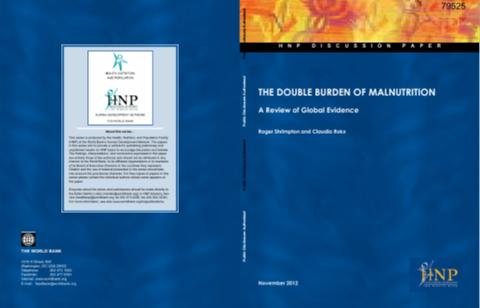Water Re-Use: Agriculture and Urban Water Management in a Recycling Society
This fact sheet explains how water can be used in the city and reused in agriculture in a way that benefits both farmers and city dwellers. Water reuse in agriculture has numerous advantages for all the parties involved as it provides a year round supply of water, together with nutrients and organic matter, to support crop production; providing food, income and employment to cities and improving urban landscape. In addition, well managed water reuse can lessen the pollution load on downstream watercourses.

